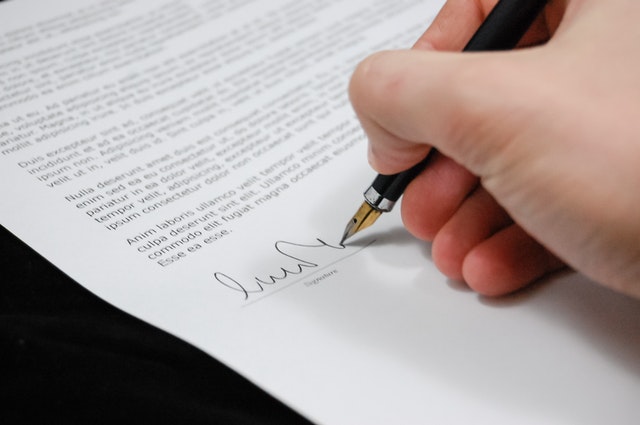What Is A Declaration Of Solvency In An MVL Procedure?

A declaration of solvency is a document that company directors sign during a Members’ Voluntary Liquidation (MVL).
In this blog we’ll outline everything you need to know about signing a declaration of solvency.
What is a Members’ Voluntary Liquidation?
An MVL is a formal liquidation procedure that enables solvent companies to wind down their activities. Unlike other liquidation procedures, an MVL is not an option for insolvent companies.
This means that in order to undergo an MVL, a company must be in a position to settle all its liabilities in full, including interest, within 12 months.
An MVL enables the liquidator to distribute the company’s assets in a tax-efficient way, and can help protect the company against future claims.
An MVL can only be undertaken under the professional guidance of a licensed Insolvency Practitioner (IP).
What is a declaration of solvency?
As mentioned previously, MVLs are only available to solvent companies. As part of the MVL process, company directors are required to swear that their company is solvent. They do this by signing a declaration of solvency.
The declaration of solvency must be sworn in front of a solicitor or notary. By signing it, the directors are attesting that the company is able to settle any outstanding liabilities and interest within a maximum of 12 months from the start of the liquidation.
Who needs to sign a declaration of solvency, and when?
The declaration of solvency must be sworn by the company directors. If the company has only one or two directors, then all directors must sign. If there are more than two, the declaration needs to be signed by a majority.
The directors will need to sign the declaration shortly before the MVL is initiated.
What is a statement of assets and liabilities?
The declaration must be accompanied by a statement of assets and liabilities.
This is a document that provides a complete overview of the company’s financial position, including the cost of the liquidation procedure and any interest due to creditors.
The statement of assets and liabilities gives shareholders an accurate picture of what the capital distribution sum is likely to be.
What if I find out my company is insolvent after signing a declaration of solvency?
It is a criminal offence to falsely sign a declaration of solvency. This applies whether the directors know the company is insolvent or not.
If convicted, directors could face a fine, disqualification as a director or even imprisonment in very serious cases.
This means it is absolutely crucial to evaluate your company’s financial position accurately and completely before signing a declaration of solvency.
You must be sure to take into account any creditors that could surface following liquidation – for example, employee claims for redundancy and related statutory entitlements like notice pay.
We strongly advise seeking support from a licensed IP if you’re considering an MVL.
They will be able to advise you on whether an MVL is the right option for your company, and guide you through the initial planning stages to ensure you’ve met all your obligations.
At Hudson Weir, we’re experts in helping company directors in your situation. If you think an MVL may be for you, get in touch with us today for a free, no obligation consultation.














